Tom's Guide Verdict
The Casabrews CM5418 is a capable budget espresso machine and performs well for its price. If you switch out the provided dual-walled portafilters for a single-walled basket, it can make barista-quality espresso. However, the Casabrews 3700 Essential is a better deal, so I’d just go for that one instead.
Pros
- +
Very affordable
- +
Super compact, ideal for small spaces
- +
Easy to clean
- +
Looks the part
Cons
- -
Other Casabrews machines perform the same for cheaper
- -
No milk jug, flimsy tamper, only dual-walled portafilters
- -
Frustrating steam wand
Why you can trust Tom's Guide
The Casabrews CM5418 is like every other Casabrews espresso machine I’ve tested: almost unbelievably cheap. But does that mean it can make great espresso? Does that mean it can go head-to-head with some of the best espresso machines?
Well, it depends. With a $38 additional purchase, the CM5418 can truly make barista-quality, delectable espresso worthy of coffee snobs the world over. But Casabrews has positioned the CM5418 a little bizarrely: the Casabrews 3700 Essential is $10-$30 cheaper and performs almost identically. Therefore, I’m left wondering… what’s the point in the CM5418, then?
If I were you, I’d just get the 3700 Essential, as you get the same performance for less money. But I’ll go through everything in detail in this Casabrews CM5418 review.
Casabrews CM5418 review: Cheat sheet
- Who is it for? Budget-conscious or beginner home baristas
- What does it do well? It’s really affordable and is capable of making yummy beverages
- What are its weaknesses? It can be quite frustrating to use if you’re making multiple drinks in a row
- Anything else to know? The Casabrews 3700 Essential performs just as well for less money, so I’d go for that model instead
Casabrews CM5418 review: Specs
Casabrews CM5418 review: Price & availability
The Casabrews CM5418 has been out for a few years now, and our previous review of the CM5418 was published in June 2024. However, Casabrews confirmed that it has made integral changes to the machine, hence this new review. The brewing temperature of the machine has been raised by 50°F, and a new ‘flush’ program has been added, which flushes hot water through the machine to clean it.
The updated CM5418 is available for just $139 on Amazon U.S. or £149 on Amazon U.K.. This is extremely affordable, even for a Casabrews machine, where everything is extremely affordable. I’ve also tested the $129 Casabrews 3700 Essential, which would be a better option if you’re on an even tighter budget.

Casabrews also makes the 5418 Pro, which is a $299 model with a PID controller and faster heating times, but I don’t think it’s worth its MSRP. If you have $300 to spend on an espresso machine, just get the Breville Bambino ($299).
Casabrews CM5418 review: Design
The CM5418 looks like every other Casabrews compact machine. Its design is reminiscent of the Breville Bambino, Bambino Plus ($499), and the De’Longhi Dedica Duo ($299), which I think is a major pro. These are all well-known and well-respected machines and great entry points into the world of coffee.
Get instant access to breaking news, the hottest reviews, great deals and helpful tips.
The CM5418 is pretty tiny, at just 6 inches wide. This espresso machine would fit into almost any kitchen, and is definitely a great choice for those short on space. The CM5418 is pretty light, too, at just 8.6 pounds.
Due to the compact size, the water tank is only 32 ounces, but if you’re primarily making coffee for yourself, this won’t be a problem. If you’re only using water for one drink a day, you’d want to refill the water tank more regularly than it empties anyway. Stale water in an espresso? No thank you.

In terms of aesthetics, the CM5418 looks like a budget espresso machine. Well, that’s because it is an espresso machine. If you want something a little more snazzy, you’re looking at a much bigger bill.
Personally, I’m not a huge fan of the rectangular buttons on the front of the machine. The CM5418 has four: one for power, two for shots, and one for steam. After pressing the ‘steam’ button, you have to wait for the steam wand to heat up, then activate it using the dial on the right of the machine. I’m also not a huge fan of the steam wand, but I’ll discuss that more in the ‘Milk’ section below.
The most noticeable change from the cheaper Casabrews 3700 Essential is the pressure gauge on the front of the CM5418. This pressure gauge will show you how much pressure the espresso is being extracted under. Ideally, you’re looking for a 9-bar pressure, as anything higher or lower will negatively affect the flavor of the coffee.
However, there are no numbers on the pressure gauge, so it’s either purely ornamental, or inaccurate. Either way, there’s little point in an espresso machine having a pressure gauge, if said pressure gauge does not display the exact pressure. This feels more like a superfluous embellishment looking to attract espresso nerd points than a helpful feature.
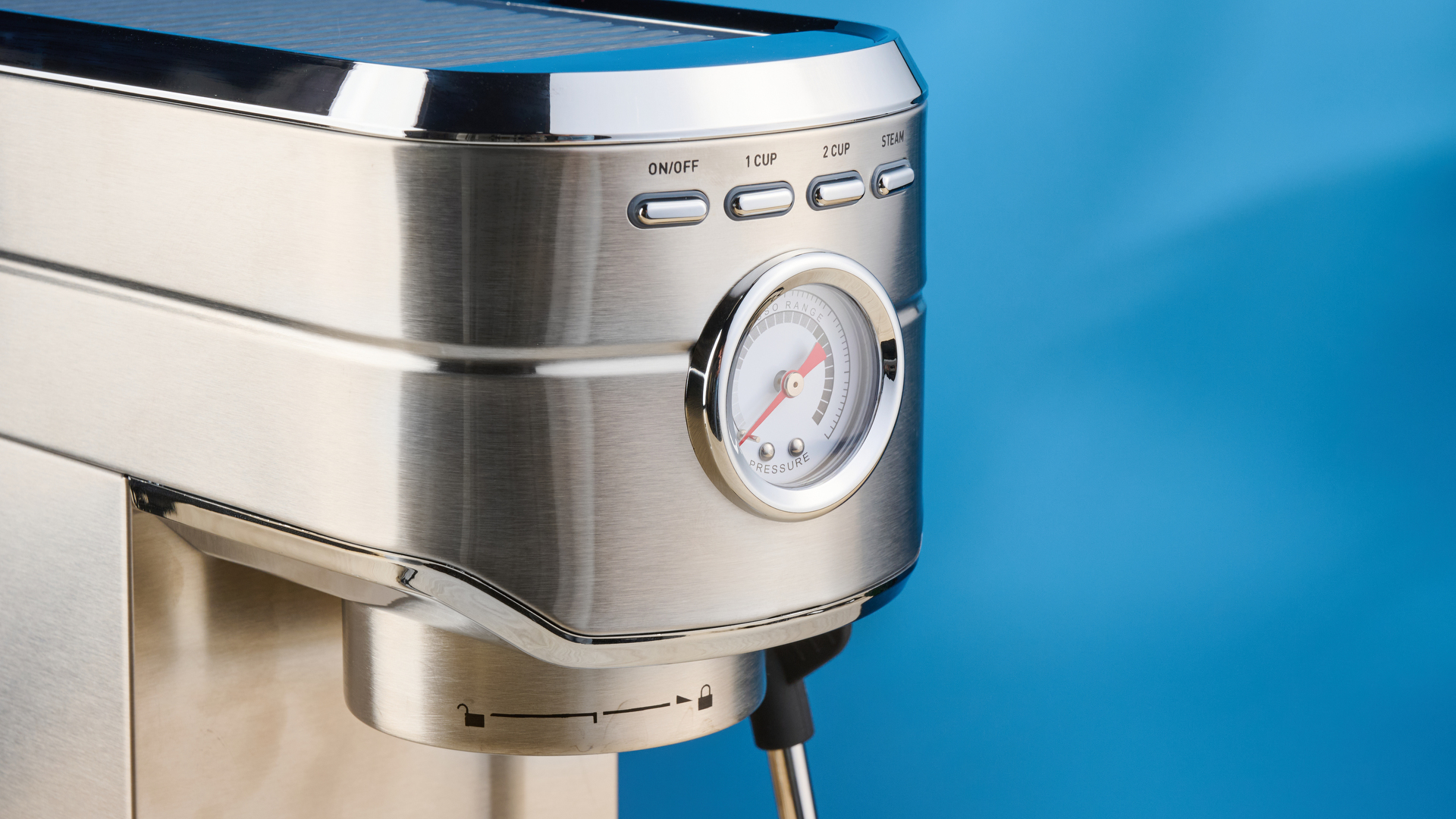
I can guess that the section labeled ‘espresso range’ is around 9 bars of pressure, but, still I can’t be certain. Pressure gauges are used as visual representations of the espresso extraction: if you’ve tamped too loosely, ground too fine, etc. But when I can’t see the actual digit, I’m not certain what metric the machine is using.
Asking for a manometer on a $139 is obviously not what I’m doing, I just think the gauge has been implemented as a kind of ‘coffee nerd’ checklist addition, not to actually benefit the user. As a result, I wish Casabrews had left the gauge off the design. It feels like rubbing it in that I can’t actually see how much pressure is being exerted. This isn’t a Casabrews-only issue, though, as the Breville Barista Express has a visual gauge but no manometer.
Other machines either display the pressure in specific numerals (Breville Dual Boiler) or just don’t have a pressure gauge at all (Breville Bambino Plus).
Casabrews CM5418 review: Espresso
As you might expect from a $139 espresso machine, the CM5418 only comes with dual-walled portafilters. If you’re not familiar with the term, a dual-walled portafilter pressurizes the coffee during extraction to create fake crema, and alters the flavor of the espresso, reducing balanced, complex, and nuanced flavor notes. Dual-walled portafilters are mostly used with pre-ground coffee, which I would never recommend using.
I also have a Casabrews bottomless portafilter, so I used this for testing with the CM5418 as well as the provided dual-walled portafilters. The Casabrews bottomless portafilter is an extra $38 and makes the espresso taste miles different — and much better. I’ll discuss the espresso with the provided dual-walled portafilters first, though.
Here’s a photo of an espresso shot made with the dual-walled portafilters. Remember, this espresso has been aerated and extracted under massive amounts of pressure, which changes the flavor of the coffee.
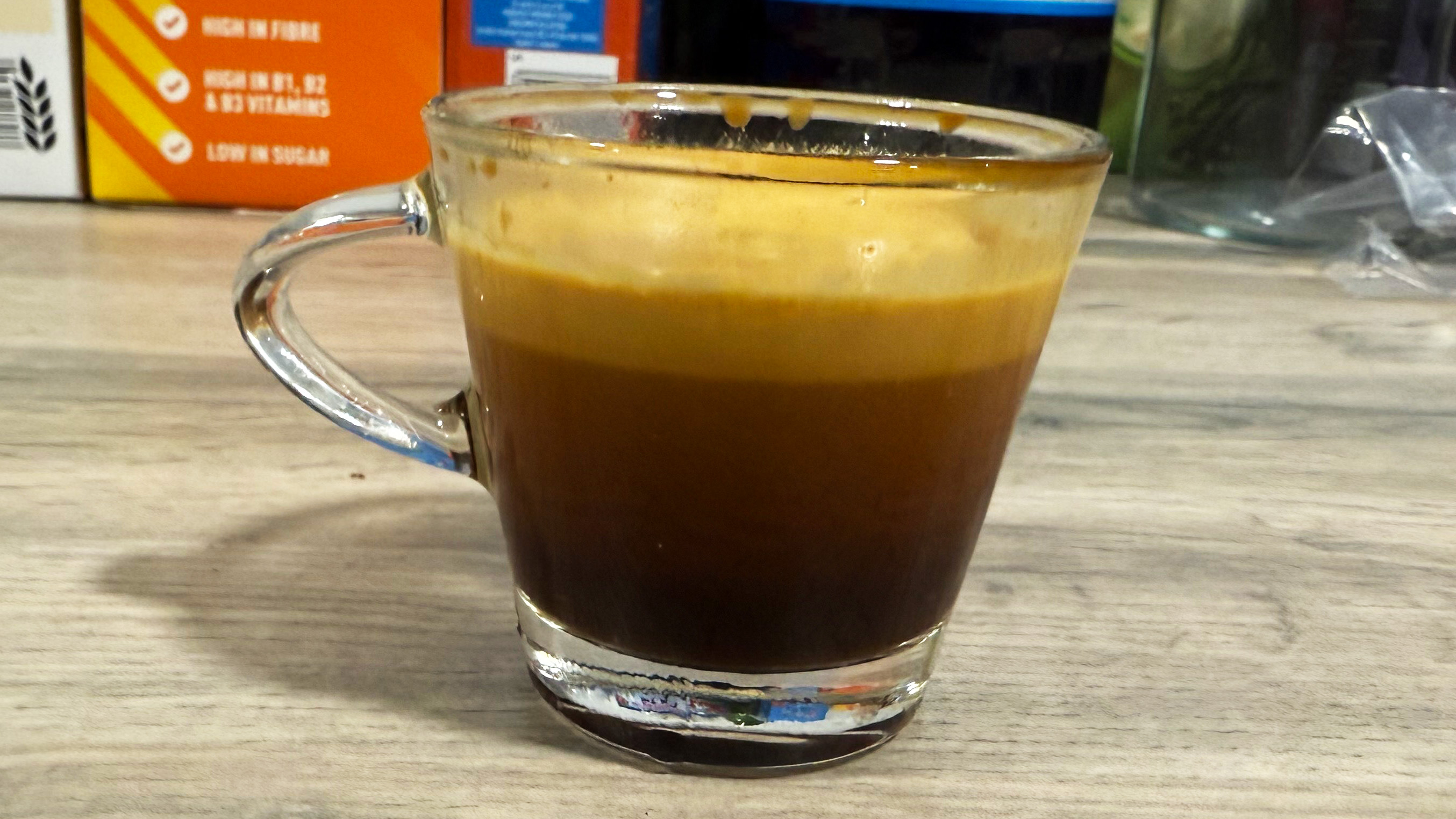
As you can see, the crema is very aerated and thick. While a thick crema is ideal for great espresso, this crema is too bubbly. Flavor-wise, the espresso was bitter and flat, which was a shame as I was using specialty, locally roasted beans ground on a Eureka Mignon Specialita grinder ($649).
However, if you’re using pre-ground coffee, this ‘fake’ crema will actually benefit the drink, as it will create more depth than if you were to use freshly ground coffee. Even so, I would never recommend using pre-ground coffee as it always tastes considerably worse than freshly ground coffee. An espresso shot made with dual-walled portafilters and pre-ground coffee will always taste inferior to an espresso shot made with single-walled baskets and freshly ground beans.
Here’s a photo of an espresso I made using Casabrews’ bottomless portafilter.
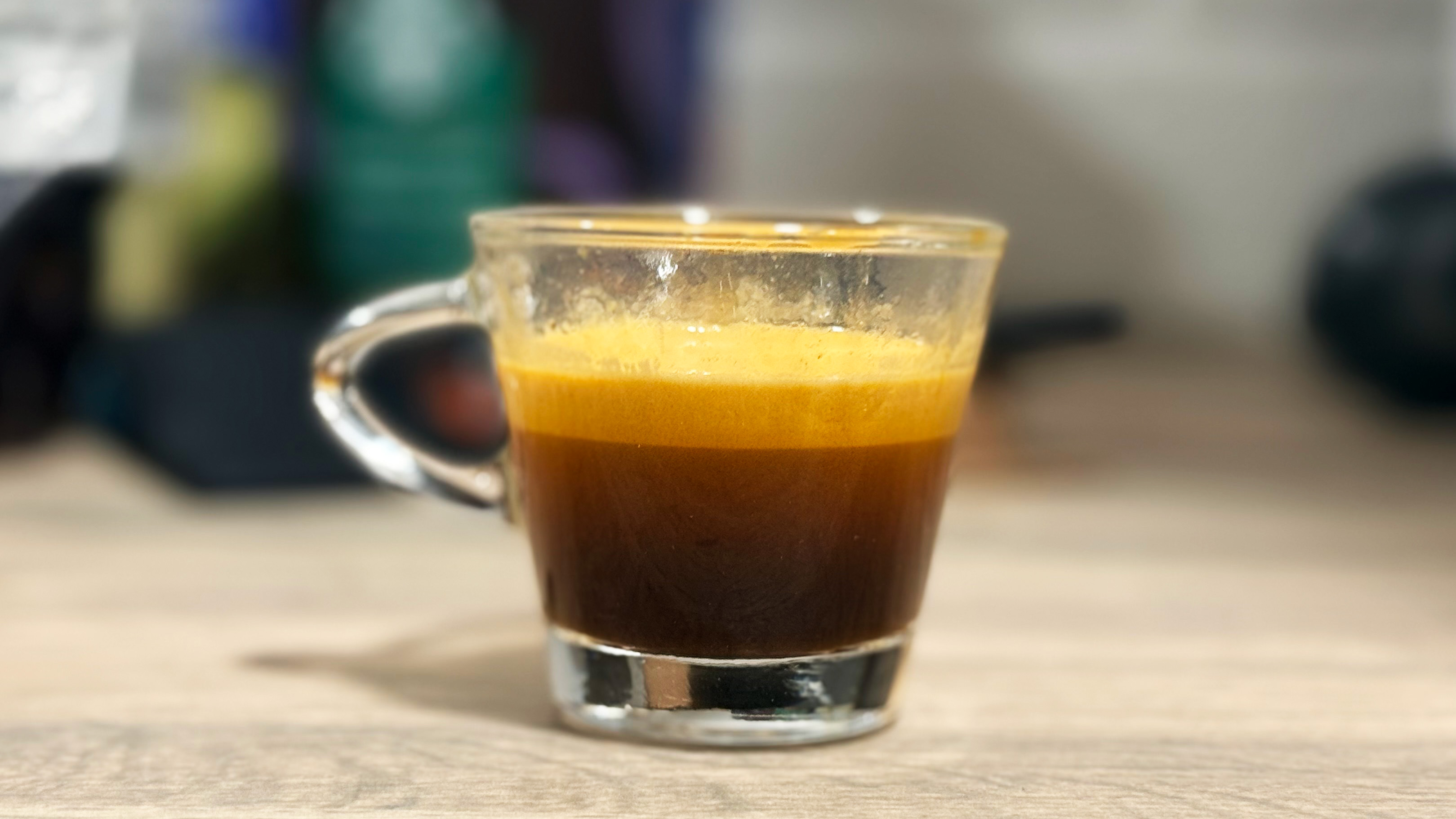
As you can see, the crema is flatter, but this means it’s not aerated as it’s extracted. The heart of the shot is more caramel in color, and the shot tasted great. It was juicy and fresh with a kick of nuttiness, which provided a lovely flavor in my oat milk flat white. This shot proves how much a portafilter impacts the flavor of the coffee, and why I would never recommend using a dual-walled portafilter.
Thankfully, Casabrews sells its bottomless portafilter for $38 on Amazon, so I would recommend grabbing one of these with a purchase of this machine.
Casabrews CM5418 review: Milk
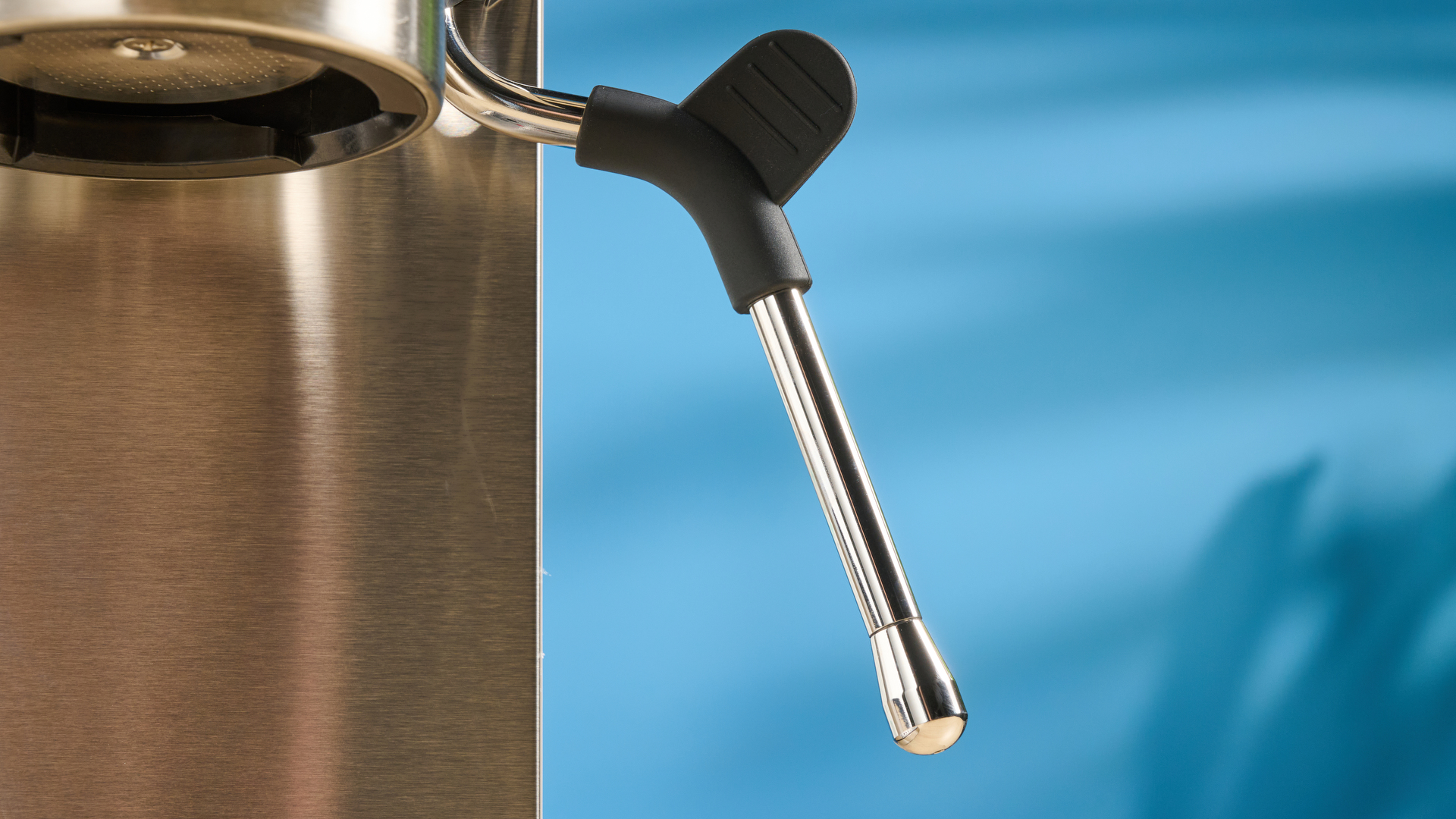
Let’s get one thing out in the open: the CM5418 doesn’t come with a milk jug. You’d need to buy a separate milk jug before using the CM5418 for the first time. Casabrews sells milk jugs for $15 on Amazon.
The Casabrews CM5418 has a typical budget steam wand, and I don’t mean this in a complimentary way. Unfortunately, it’s a common issue: lack of power in the machine and slow heat-up time makes for a frustrating experience, especially if you’re a beginner.
With a little babying, I was able to get nicely texturized milk without overly large bubbles. I was also able to get pretty latte art. Obviously this latte art couldn’t rival drinks made on premium machines like the Smeg EMC02 or the Breville Oracle Dual Boiler, but you can’t really compare a $3k machine and a $139. It’s like asking a kitten why it can’t bring down a whole wildebeest like lions can.
Even so, for $139, this steam wand is decent. With practice and patience, you’ll be able to master it and create luxuriously velvety milk. Here’s a photo of a latte I made on the CM5418.
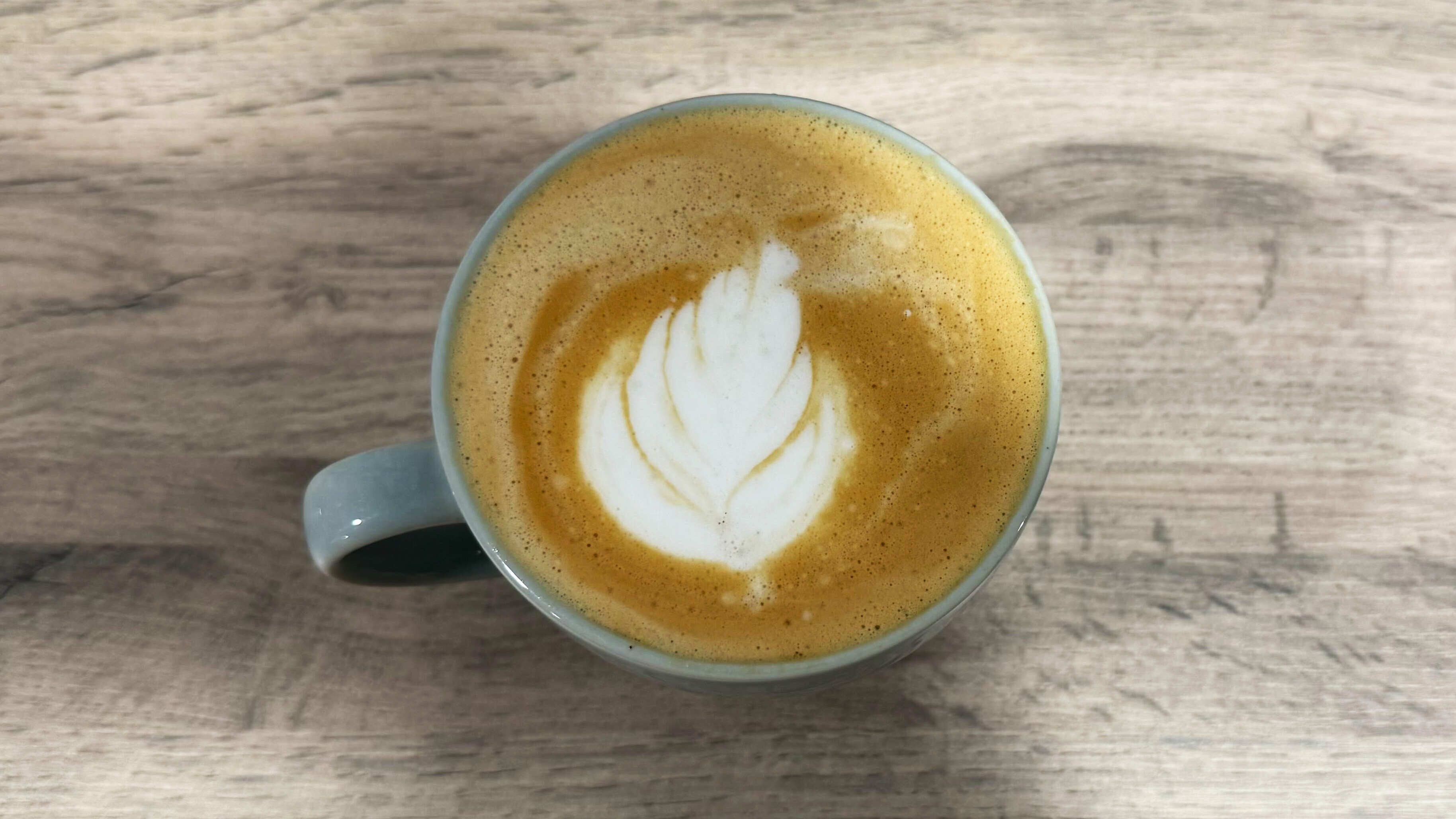
As you can see, the milk is a little bubblier than you might expect from a cafe, but this is just the mark of a low-power steam wand. If there’s not enough power to fold the milk in on itself and create the all-important ‘vortex’ in the middle of the milk, it’s going to look like this.
Interestingly, Casabrews confirmed to me that the 3700 Essential and the CM5418 use the same steam wand, but I was able to create a much smoother milk texture with the former. My working theory is that the boiler on the 3700 Essential has less going on so it can expend all its power in the steam wand during use.
After using the steam wand, the CM5418 is prone to overheating. I initially wrote ‘can be prone to overheating’, but it’s not a question of if, it’s a question of when. And the answer? After every time you use the steam wand.
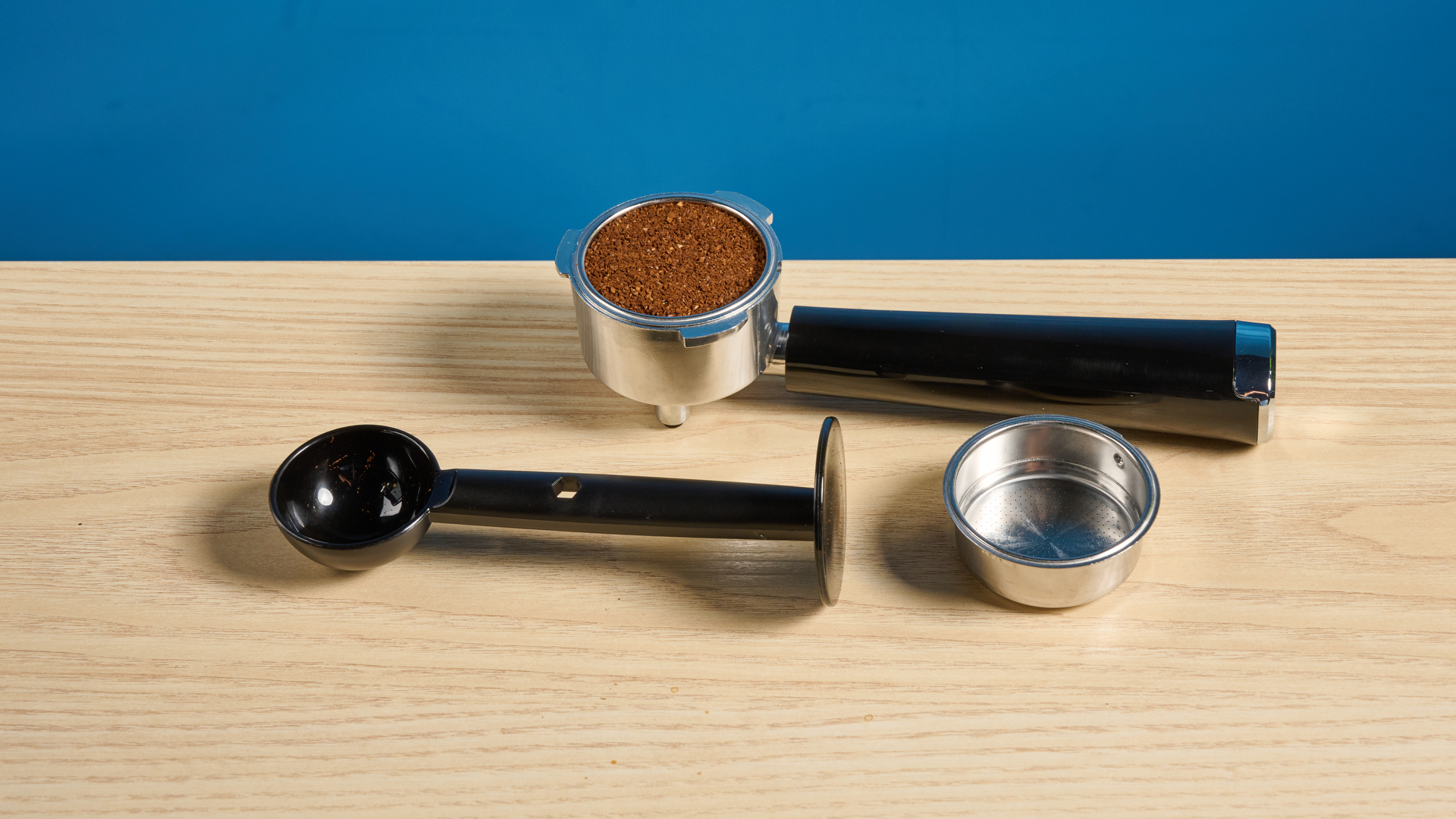
It took a few frustrating minutes to figure this out, but after steaming milk, the double- and single-shot buttons will flash at you irately. You won’t be able to pull a shot until these buttons stop flashing. Either you can wait for the machine to cool down yourself, or you can flush the excess heat out of the machine.You do this by turning the ‘steam’ button off but purging the wand using the dial. The machine will spurt out a decent amount of hot water — be careful you don’t scald yourself — but after a few seconds, it’ll have cooled down enough to be used again.
I told you — annoying. This was an issue I also experienced while using the 5418 Pro, and it’s almost certainly more forgivable on a $139 machine than a $299 one.
Casabrews CM5418 review: Storage & maintenance

As this is a tiny little machine, the CM5418 is best suited for small spaces. I can see this 6-inch machine fitting nicely between a toaster and an air fryer without kicking up a fuss about it. Just make sure that the back and the right side are accessible, as this is for the water tank and steam wand dial respectively.
As Casabrews doesn’t ship the CM5418 with any cleaning products (the 3700 Essential suffers from this too), you’ll need to purchase your own espresso machine cleaning tablets.
I briefly mentioned the new ‘flush’ feature above. Casabrews advises that you make this a part of regular maintenance, as it will flush through the internal mechanisms and clean out the inside of the machine. Obviously you’ll need to pair this with regular cleaning and descaling, which is an essential part of any espresso machine maintenance. I descale my machine every six weeks or so, and wash the drip tray and shower screen every day.
Casabrews offers a twelve month warranty, which is less than Breville’s warranty, but the same as De’Longhi’s standard one-year warranty.
Casabrews CM5418 review: How does it compare?
The thing with Casabrews machines is that they’re really, really cheap. That’s their main selling point. If you want a cheap espresso machine, Casabrews is your only real option.
Of course I can recommend Breville and De’Longhi products until I’m blue in the face, but if your budget is seriously less than $150, then it’s gotta be a Casabrews.
I would recommend the 3700 Essential over the CM5418, purely because it’s $10-$30 cheaper with near-identical performance. Actually, the CM5418 is a little more annoying to use than the 3700 Essential. The CM5418 is still a good machine for its price, and, as I said, there’s very little competition, but the 3700 Essential is even cheaper, so I’d go for that one instead.
Casabrews CM5418 review: Verdict

The Casabrews CM5418 has done what it set out to do: be a budget espresso machine capable of making coffee drinks. If you have a low budget but want a Bambino Plus/Dedica dupe, this is a great option, and I did really enjoy testing this machine.
But it’s positioned kind of weirdly: the Casabrews 3700 Essential is $10-$30 cheaper than the CM5418, yet it performs better. As a result, I’d definitely recommend the 3700 Essential over the CM5418. Yes, the 3700 Essential doesn’t have a “pressure gauge”, but I think it looks prettier and is less frustrating to use.
No, that doesn’t mean the CM5418 is a bad machine — it’s actually impressive for the price — but the 3700 Essential is simply a better deal. If the 3700 Essential didn’t exist, I would’ve given the CM5418 a 4-star rating and lauded its performance for the price. But Casabrews has one-upped itself with the $99 3700 Essential, and therefore I recommend you get that one instead.
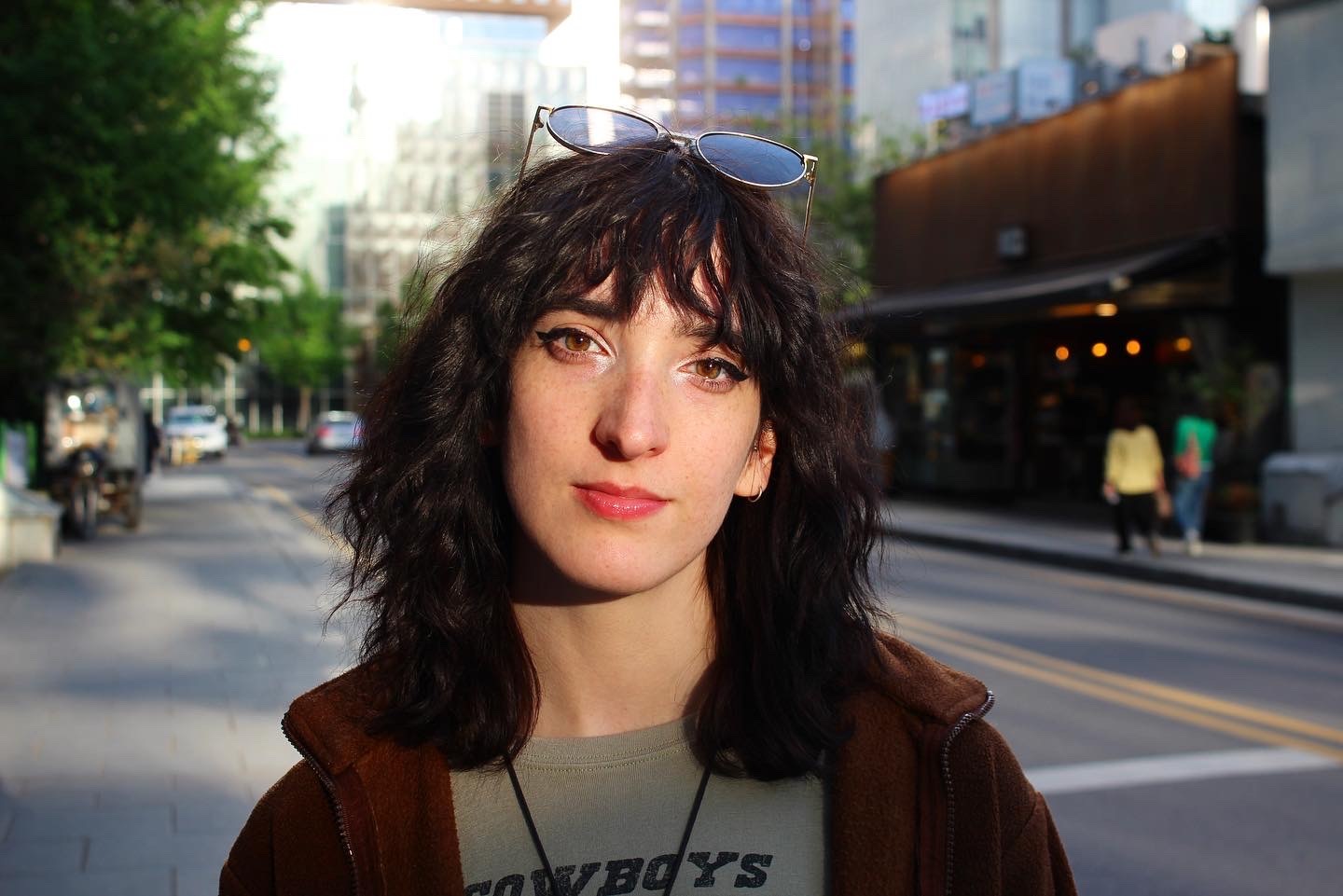
Erin Bashford is a senior writer at Tom's Guide, focusing on reviews. She has a Masters in Broadcast and Digital Journalism from the University of East Anglia. As an ex-barista, she knows her way around a coffee machine, and as a music lover, she's constantly chipping away at her dream of having a multi-room home sound system. In her spare time you can find her reading, practising yoga, writing, or stressing over today’s NYT Games.
You must confirm your public display name before commenting
Please logout and then login again, you will then be prompted to enter your display name.

